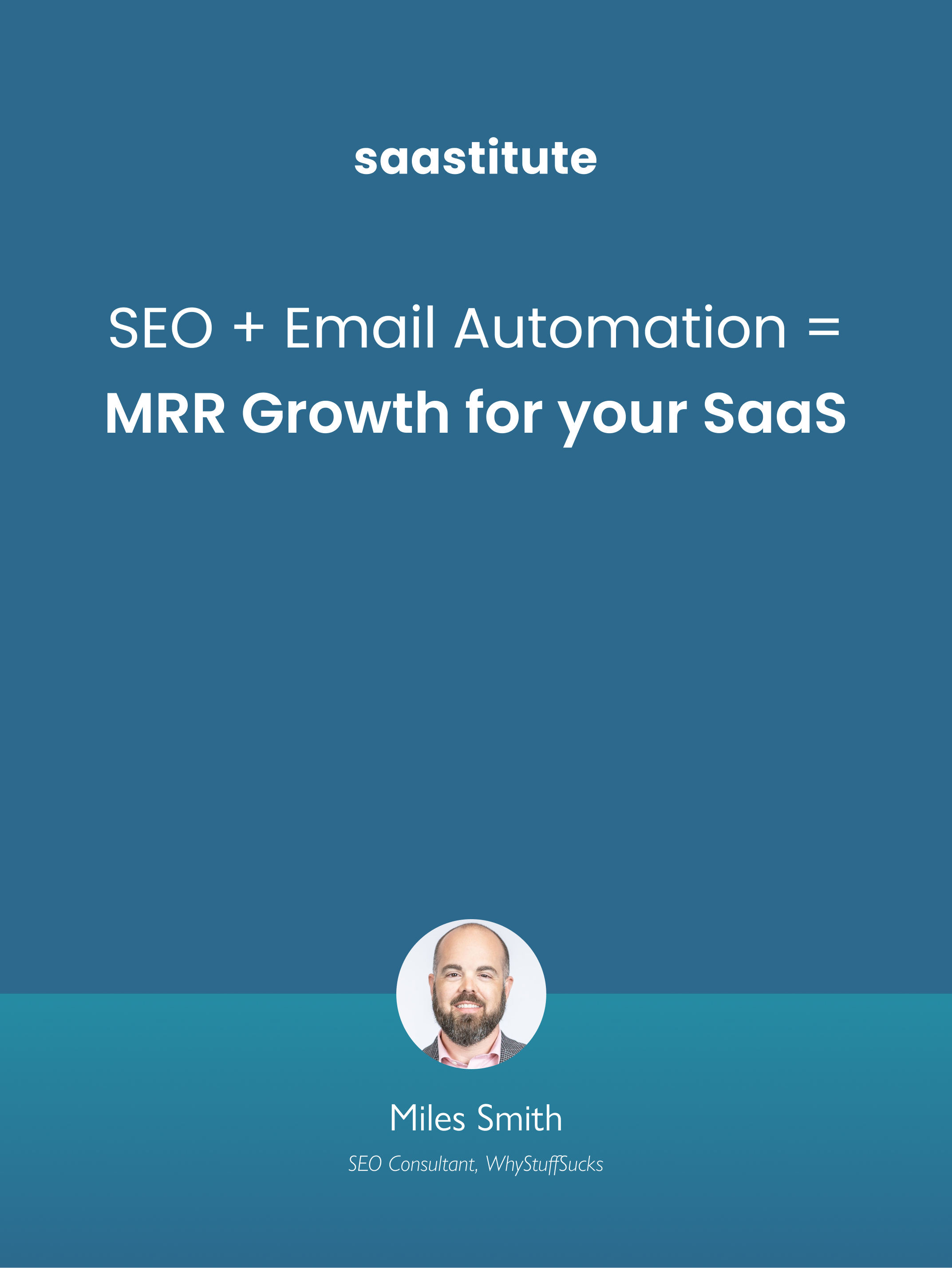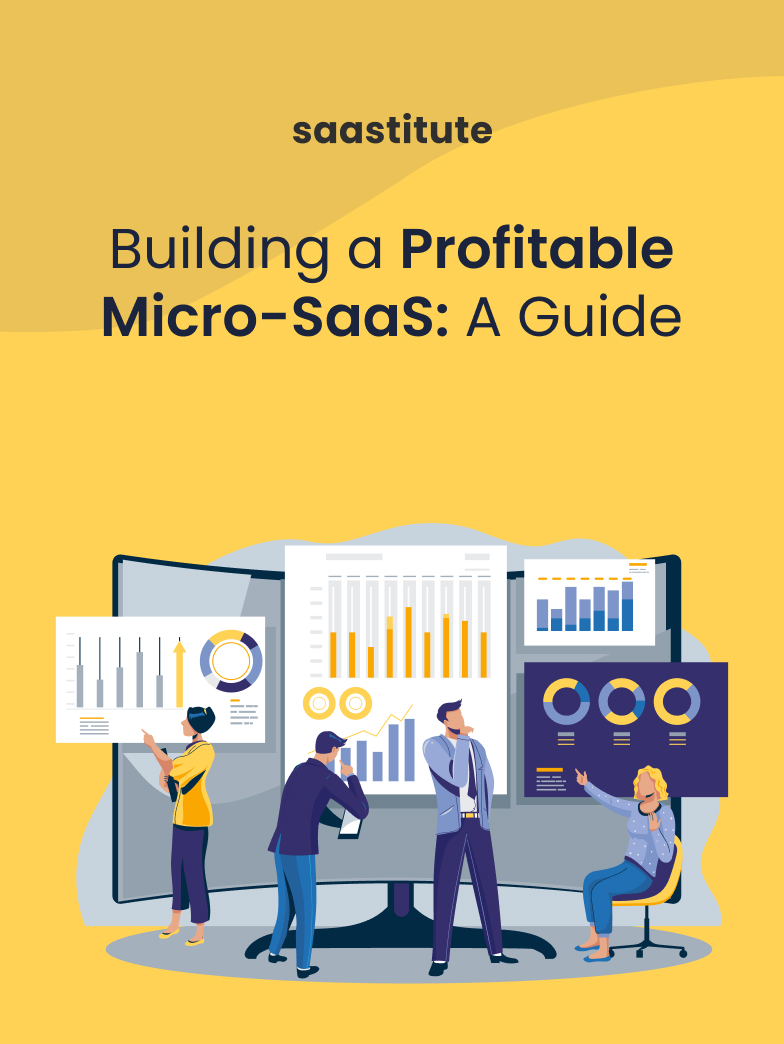The 5 Step Guide to Building Your First Customer Success Team
A five step guide on how to start a customer success function for your business from the scratch.
.png)
Of the various customer engagement strategies making rounds in the B2B world, customer success is probably the most common-sensical one that we have come across. Not to mention, it is the apparent winner. It promises a low churn rate and high levels of customer retention, loyalty and even better ARR for SaaS businesses.

If you haven't joined the 'customer success' bandwagon yet for whatever reason, you are probably overlooking the good dividends like recurring revenue it promises for your SaaS. Focus on customer success has proven to build retention rates and spike referrals with opportunities for cross-sells and upsells.
Companies that prioritize customer success over their own; are in it to win it.
- Begin with Investing in Tools and Systems
The use of specialized software for customer success makes it more streamlined and helps with measuring KPIs. But when you are building your first customer success team, it's kind of obvious that you do not want to overdo such spending, especially if you haven't discovered the product-market fit yet.
However, here are some must-have resources for early-stage SaaS businesses trying to make it big with their customers:
- -CRM
Choose a CRM that adds value to complete the customer lifecycle. The software you pick must track sales numbers, customer accounts, and even post-sales processes to cater to a customer's needs holistically. Since you will be beginning your customer success effort with the CRM you choose, you should log customer cases as accounts, renewal opportunities, professional services dollar amounts from software subscriptions and even feature requests tied to lost deals and customer accounts, etc., scale. The right CRM will help escalate your customer success.
- -CPQ
Customer pricing and quoting systems bring significant benefits to businesses, even when they are at an early growth stage. Having contracts with order forms attached and line items for success offerings help track the real dollars at play for every customer.
- -Product Experience Software
A product-led business guarantees better customer success and a glorious NRR because it helps understand real-time customer usage and sentiment. Using product experience software enables you to provide in-product guidance to your customers and reduce cases of frustration or support desk calls. It also creates an opportunity for you to incorporate customer feedback in the future with the product roadmap.
- Line Up the Metrics You Want to Track
How do you ascertain that your customers receive value from using your products? Having some set milestones weaved into your user flow is how you can access what's happening on the software and link them to real-life wins for your customers.
This begins when you understand the real-life problems your customers face and how they use your SaaS to solve those problems. An understanding of what pain points they have and what keeps them from success is a plus. Here are some essential metrics you may want to track:
- Lifetime Value (LTV)
This metric, in particular, helps track ROI and overall growth. Customer Lifetime Value can be defined as the total revenue earned from one customer over time. LTV is crucial for most businesses because retaining customers costs much less than acquiring a new one. Especially in companies that follow a subscription model and bet their success on recurring revenue, having a customer stays for high lifetime value contributes to customer success.
LTV factors the cost of acquiring a new customer and the churn rate, i.e. how quickly that customer abandons the business. Refined LTV values also count in the value of cross-sells, upsells and referrals.
-Customer Acquisition Cost (CAC)
CAC entails the total cost acquired by a company for converting prospects into well-paying customers. It drives comparison between money spent in attracting customers vs the customers that come in. Ideally, every business
wants to lower their CAC value to ensure prudent spending and better ROIs.
-Net Promoter Score (NPS)
To date, customer testimony is by far the most valuable tool that can propel sales. To know how well you deliver on your customer's expectations, you have got to measure NPS. It measures how likely a customer will recommend your brand to a friend. It is a direct indicator of customer success. Happier a customer, better the Net Promoter Score.
-Customer Effort Score (CES)
Customer Effort Score is a customer satisfaction survey that measures the ease of service experience with a business. It gauges the rate of the ease of using products or services on a scale of "very difficult to very easy." It sheds light on the factors affecting customer attitudes, especially in case of some problems. The level of effort the customers have to expend often describes a customer's likelihood of recommending a business in the future. It indicates the ease of interaction with a company, and this is a critical customer success metric.
- Define your Customer Success Model
It's imperative to define how your customer success organization will scale insight into the early-stage cost efficiency that most start-ups aim for. SaaS businesses must think through and decide how much in-person touch they aim for and how much they can afford. To begin with, it's best to narrow down on the most resource-efficient ways to offer better self-service and automate ways to serve smaller accounts to leave bandwidth to cater to more significant accounts.
Check if you have an ideal customer, the desired outcome if your user segments need different levels of support to achieve excellent results and if there is a need to measure customer health. Additionally, things like marking customers according to their life stage or the success milestones they reach, tracking user behavior, inspecting drop-offs and identifying success gaps also matter. Once you define your customer success model initially, it is only at a later stage that you worry about how to scale customer success effort.
- Set an On-going Staffing Model
We all begin with a generalist to help with customer success when we just set our foot in the market. And we hope to make it big soon enough. But as we scale, there is a need to think through staff modelling and devise a plan to invest in customer success functions and individual teams.
If you have a complex SaaS to sell, your customers may need more sophisticated support to succeed than if you have a simple product. If the volume of support inquiries is high, you should ideally resolve them quickly to reduce churn.
You can go down the professional services route depending on your customer success hiring capacity. There is some heavy math in the pipeline to help you decide the kind of staffing model you want to settle for your customer success team.
- Allocate Team Deliverables Carefully
Not everyone on a customer success team is equal. While some executives are in charge of customer support, others specialize in renewals. Since their roles vary so widely, there is a need to infuse clarity into the customer success team roles from the very start to avoid confusion as you scale.
Define both macro and micro functions to streamline the entire process. Begin with macro responsibilities like onboarding and support. Once you grow a bit and improve customer outcomes through an acute focus on your macro goals, you can branch out the team and allocate people for micro-goals like marketing content to educate customers about use cases of your product or even upselling.
In the End
No matter if your customer success team is a fully-stacked or one-person show at this point, these five points will help you maximize its potential for your business.
Always approach it by defining what customer success means for your business and how a customer's success team would add value to your overall customer experience.














.svg)


